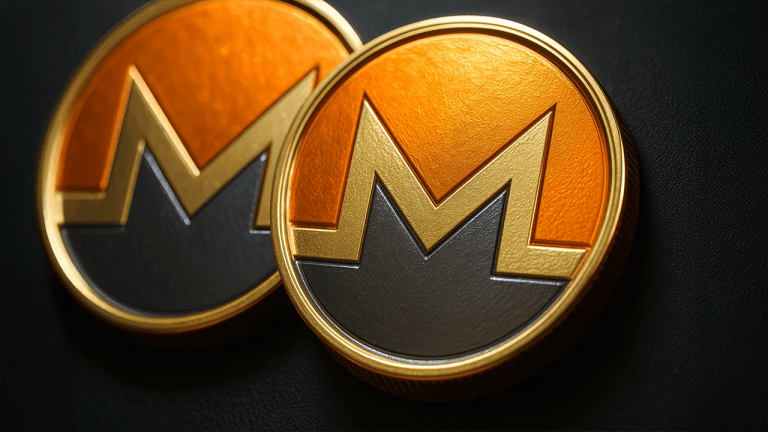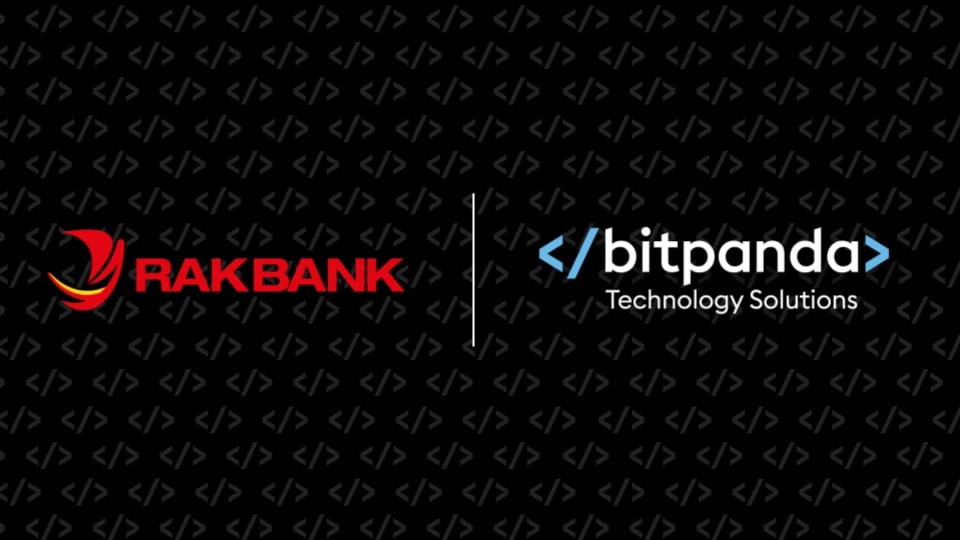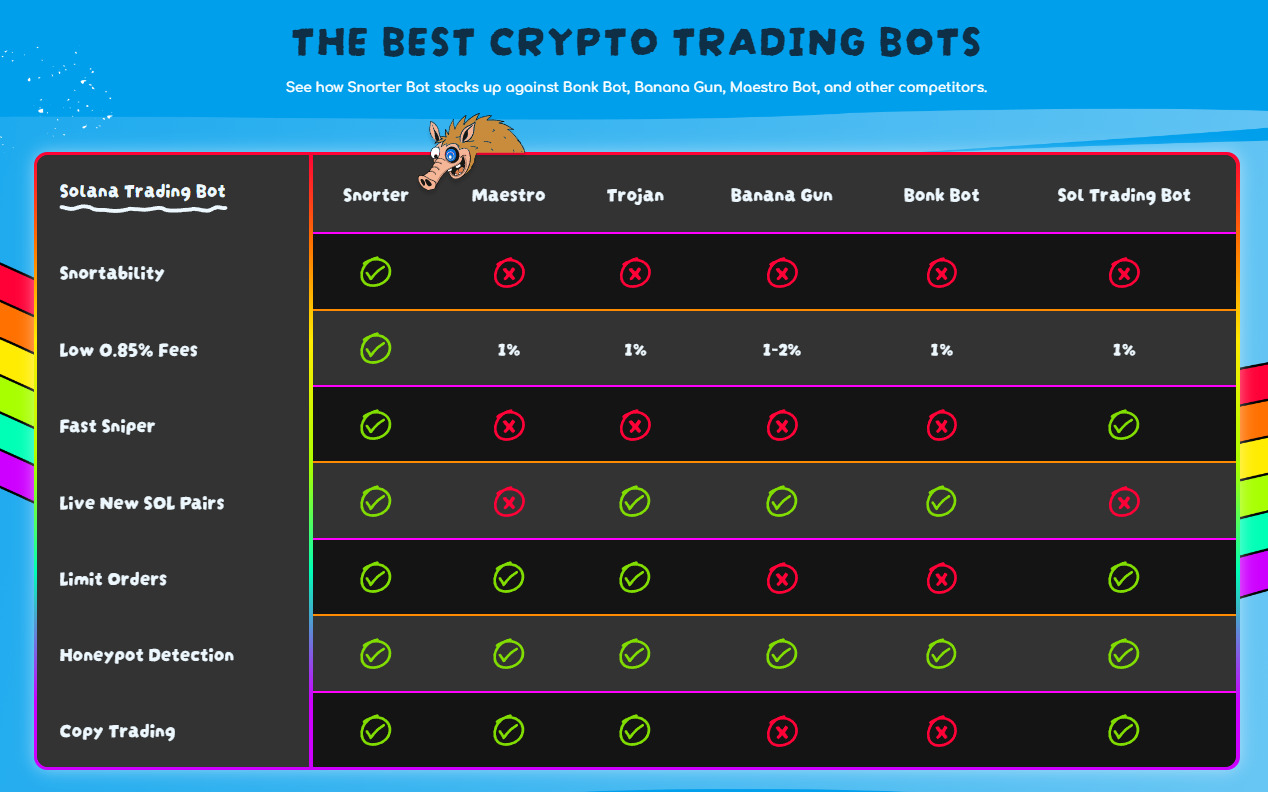As the Shanghai upgrade launch draws near, Ethereum staking-compatible platforms are preparing to release deposited ETH back to stakers. Earlier today, one of the largest Ethereum liquid staking protocols, Lido Finance, released details concerning its latest upgrade ahead of the Ethereum shanghai hard fork.
This upgrade consists of two core features: improving staking architecture and enabling ETH withdrawals. Though the essential features seem necessary for the protocol’s functionality, it must go through its decentralized governance model to be approved.
Lido To Enable Reward Withdrawals
As a part of the upcoming Lido V2 upgrade, the protocol is looking to enable two main new features, staking router and withdrawal of locked ETH to stakers. The protocol’s users highly anticipate the latter.
Lido attracted attention when Ethereum transitioned into a proof-of-stake (PoS) consensus mechanism from a proof-of-work (PoW) consensus. The transition caused a drastic change in the Ethereum ecosystem, validation, and supply issuance.
To be a validator on the Ethereum network, a user must deposit or stake a total of 32 ETH; that figure happens to be a significant amount when converted to fiat currency. In other words, not all ETH holders can participate in the new validation model.
As a result, people turned to Lido Finance, which allows users to contribute a significant amount of ETH to become validators and received rewards. Lido allows users to earn yield by depositing any amount of ETH to the protocol. In exchange, the user receives stETH, proof of their staked ETH.
Users can’t withdraw their staked ETH for validating on the network. However, since the launch of the Shanghai hard fork is around the corner, Lido has decided to be prepared by giving details on its withdrawal process.
According to the protocol, withdrawals can be executed in two modes: Turbo and Bunker. As the name implies, the turbo mode is the quicker withdrawal process. In contrast, the Bunker mode, which will not be necessary unless under “catastrophic” scenarios, is a slower process of executing transactions.
Either way, both methods use a request and claim process whereby the user will have to lock their stETH to start the withdrawal after requesting. The protocol will, in exchange, fulfill the request by making ready ETH for withdrawal and burning the stETH, therefore setting the request as claimable for the user to recover their ETH.
Introducing An Improved Staking Architecture
Lido will launch a second key feature; a staking router that fosters the decentralization of validators. The staking router allows for the admission of new node operators. Currently, Lido has 151,080 validators across its 30 distinct node operators, according to data from Rated.
The staking router feature will allow Lido to be an expanded protocol with many operators. While the protocol is soon to go through a significant upgrade, moving to the Lido V2, its native token, LDO, seems to be playing along.
After disclosing the upcoming upgrade, LDO has seen a surge of 13% in the last 24 hours. Moving from yesterday’s close trading price of $2.2 to a high of $2.63 today.

You can get bonuses upto $100 FREE BONUS when you:
💰 Install these recommended apps:
💲 SocialGood - 100% Crypto Back on Everyday Shopping
💲 xPortal - The DeFi For The Next Billion
💲 CryptoTab Browser - Lightweight, fast, and ready to mine!
💰 Register on these recommended exchanges:
🟡 Binance🟡 Bitfinex🟡 Bitmart🟡 Bittrex🟡 Bitget
🟡 CoinEx🟡 Crypto.com🟡 Gate.io🟡 Huobi🟡 Kucoin.




















Comments